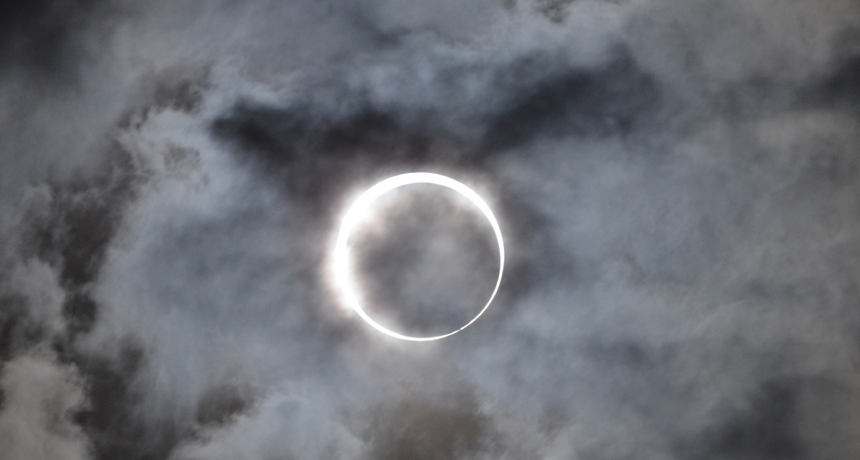Questions for ‘Getting ready for the solar eclipse’

In a solar eclipse, the moon blots out most of the sun.
Takeshi Kuboki/Flickr (CC BY 2.0)

In a solar eclipse, the moon blots out most of the sun.
Takeshi Kuboki/Flickr (CC BY 2.0)
Register to access:
An error occurred. Please try again.
Already Registered? Enter your e-mail address above.